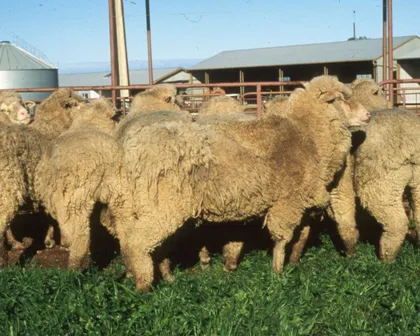Key Points:
Sheep lice are a major problem for South Australian sheep produces with numbers of lice rapidly increasing. Sheep lice can cause reductions in the wool cut of up to 1kg per head. Lice downgrade wool quality by reducing yield and increasing the amount of wool placed in inferior lines because of colour and cotting.
Presenting lousy sheep at the saleyards or allowing them to stray is an offence under the Livestock Act 2007 and attracts an expiation of $315 with a maximum penalty of $5000. The close penning of sheep at saleyards creates a prime opportunity for lice to spread. Biosecurity SA – animal health staff inspect prime, store and off-shears markets, targeting pens of sheep showing signs of rubbing and tugging in the wool or biting and placard all lice detections.

If sheep have lice, economic and animal welfare considerations dictate the need for treatment. There are a number of factors that need to be considered to determine the best timing and application method of the treatment. The best time to treat sheep for lice is after shearing. Post shearing treatments should be able to reduce lice to non-detectable levels if applied properly.
Methods for application of post shearing treatments include backliners and plunge, shower and cage dipping. It is important that sheep are cleanly shorn and that all sheep on the property are treated at the same time. Long wool treatments (products applied to sheep more than six weeks after shearing) will not eradicate lice. Where a long wool treatment has been applied the sheep will need to be treated again after their next shearing.
Split shearings and ewes with lambs at foot, or due to lamb soon after treatment, can cause difficulties in achieving eradication, even when treatments are applied properly. This is because most treatments take some time to bring about the death of all lice. During this time if there is contact with other untreated sheep there is the potential for lice to spread.
Where split shearings occur, it is critical that treated mobs are kept separate from untreated sheep for the period specified on the label if a property is to remain lice free. Treatments for ewes and/or lambs need to be selected carefully to avoid starting a new infestation in the lambs, or continuing an infestation that could have been eradicated in the ewes.
South Australia’s Lice Control Program is run by Biosecurity SA - Animal Health and funded by the Sheep Industry Fund.
DETAILS: PIRSA Biosecurity Animal Health, 08 8762 9149 or www.liceboss.com.au